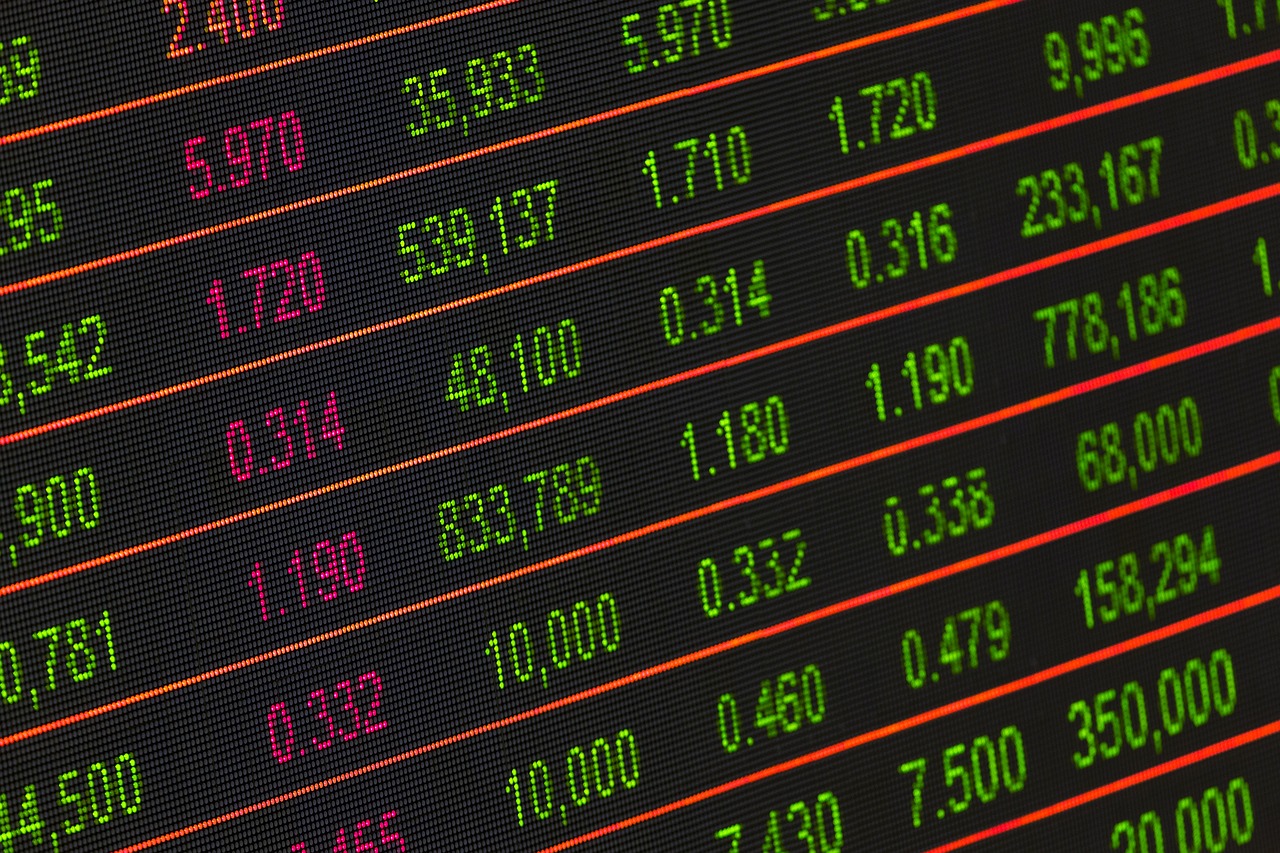Two of the most popular investment vehicles for novices are stocks and bonds. In addition, many retirement savings plans are built on a combination of these. Understanding the differences between these two vehicles, including their potential for future growth and the risk involved, is key to creating an agreeable risk profile while optimizing account growth. Many other investment vehicles, such as mutual funds and exchange-traded funds, include a variety of investments, including both stocks and bonds. Therefore, even when not making direct purchases of stocks and bonds, it is still important to understand what they are and what benefits and risks they present.
The Primary Difference between Stocks and Bonds
 The essential difference between stocks and bonds is that stocks represent an ownership stake, whereas a bond is a debt owed. Companies can raise money through either stocks or bonds. When an organization issues stock, the company is giving up a small portion of the company’s ownership in exchange for cash. A bond, on the other hand, is more like a loan. Companies receive money from the entity that purchases the bond with an agreement to pay back that amount over a set period of time, plus accrued interest.
The essential difference between stocks and bonds is that stocks represent an ownership stake, whereas a bond is a debt owed. Companies can raise money through either stocks or bonds. When an organization issues stock, the company is giving up a small portion of the company’s ownership in exchange for cash. A bond, on the other hand, is more like a loan. Companies receive money from the entity that purchases the bond with an agreement to pay back that amount over a set period of time, plus accrued interest.
Various organizations may issue stocks and bonds in order to fund a variety of initiatives, from expanding operations into a new geographic area to launching a new product. Sometimes, it’s a good idea to figure out why the stock or bond has been issued. Typically, stocks are initially issued by startups once they have realized some success but need more money to continue their growth. During an initial public offering (IPO), the company will sell a set number of shares that may increase or decrease in value once they are on the secondary market. Whoever owns a stock actually owns a portion of the company.
Bonds are issued when an organization needs access to capital quickly. While stock is typically tied to a company, bonds can come in a number of different forms. For example, government bonds are issued when various governments need a boost in income. Governments are very unlikely to default on bonds, and the American and Japanese governments are two of the largest bond issuers in the world. People can also purchase municipal bonds, which are offered by towns, counties, cities, and states; and corporate bonds, which are riskier than government-linked bonds, but typically have higher interest rates. Investors may also hear the term “junk bonds,” which refers to high-risk bonds coming from companies with lower bond ratings. While these bonds have a higher rate of return, they also carry a good chance of default.
The Distinctions in Stock and Bond Valuation
Stocks and bonds are valued using different methods. Since stocks are typically sold on the secondary market, their value is largely determined by how much someone will sell or buy it for on any given day. This value may be linked to the value of the company, the performance of the company, or the public perception of these two factors. Companies with negative income that are still expected to undergo a great deal of growth may have stock valued higher than established companies with large incomes. Assets like intellectual property, brand, and other intangible factors can drive stock prices. Because public opinion can change rapidly, stock prices can fluctuate wildly and quickly. Typically, investors should look at stocks as long-term investments, instead of focusing on the short-term peaks and valleys.
The value of a bond is tied to an organization’s ratings with companies like Fitch Ratings and Standard & Poor’s, rather than public or industry perception. In that sense, individuals take on less risk when they purchase a bond, but the rate of return is limited. A reliable company with an AAA rating will pay very low interest rates, usually around two percent. Companies with a lower rating may pay higher interest rates, but the chance of default increases proportionally. Investors should also know that individual bonds can be bought or sold on a secondary market and these prices are different than the bond yield, which is the actual value of the bond when it is repaid. When the price increases on the secondary market, the yield will decrease because of the larger initial investment.
The Tax Ramifications of Stock and Bond Ownership
Another issue that is relevant to investors is taxation. Rules about the taxation of stocks and bonds differ, and they also can vary immensely from state to state. In general, interest earned from federal government bonds is only taxed at the federal level. Municipal bond taxation is complicated, and local, state, and federal taxes may or may not apply, depending on the circumstances. Corporate bonds, on the other hand, tend to be taxed at every level. Stocks sold within 12 months of their purchase are taxed as normal income. When stocks are held longer, they are subject to long-term capital gains taxes, which are significantly lower. Earnings from stock dividends are also taxed and those from recently purchased stocks are taxed at a higher rate.

